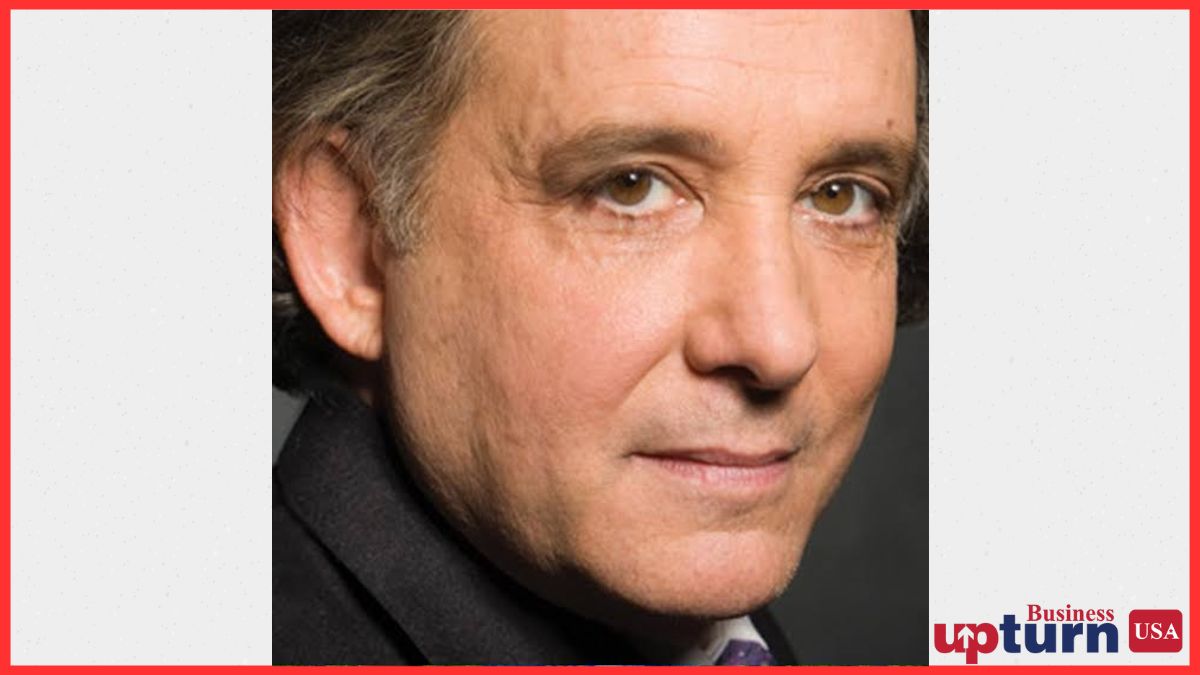
Advertisement
Andrew Harvey is a British-born author, spiritual teacher, and founder of the Institute for Sacred Activism, now based in the United States. Known for blending mysticism with direct social engagement, Harvey has attracted a dedicated following in American spiritual and activist communities. His work is increasingly relevant in a nation grappling with social divisions, climate challenges, and a widespread search for meaning.
In this article, we will explore the inner workings of Andrew Harvey’s business model—how he earns revenue, the structure of his programs, his collaborations with spiritual organisations, his American audience profile, and the tangible influence his teachings have on daily and spiritual life in the U.S.
Understanding Andrew Harvey’s core offering: What is sacred activism?
Sacred activism, in Andrew Harvey’s words, is the combination of deep spiritual practice with pragmatic action for social change. It is the meeting point between a mystic’s love for the divine and an activist’s drive for justice. This hybrid approach is designed to avoid the pitfalls of activism that burns out and spirituality that retreats from the world.
The concept became the foundation of Andrew Harvey’s professional and entrepreneurial life in the U.S. By defining a clear philosophy that speaks to the personal and collective needs of Americans, Harvey created a distinctive brand that could be transformed into tangible products and services.
Turning philosophy into product: How Andrew Harvey built a monetisable structure around sacred activism
Andrew Harvey’s monetisation journey began with his books—over 30 titles, many of which are widely distributed in the U.S., such as The Hope: A Guide to Sacred Activism. These serve as both revenue streams and brand-building tools.
From there, he expanded into experiential learning formats: workshops, retreats, and pilgrimages, both in-person and online. Collaborations with platforms like The Shift Network allow him to deliver multi-week online courses, such as The Christ Path and Sacred Activism for Global Healing, to an audience far beyond his local reach.
Revenue streams: Where does the money come from?
Harvey’s business model features multiple revenue channels:
- Book and audio sales – Ongoing income from published works and audio teachings via Hay House and Sounds True.
- Online courses – Paid programs delivered on third-party platforms with registration fees ranging from under $100 to several hundred dollars.
- Workshops and retreats – Ticketed events, both domestic and international.
- Institute tuition – Structured training programs through the Institute for Sacred Activism.
- Donations – Voluntary contributions from supporters who align with his mission.
These streams are structured to balance one-time sales with recurring or high-value offerings.
Strategic collaborations and spiritual partnerships
Andrew Harvey partners with spiritual education platforms like The Shift Network, which provides marketing reach and production infrastructure for his online courses. Collaborations with Sounds True expand his presence in the audio-learning market.
The Institute for Sacred Activism also works with non-profits, retreat centres, and spiritual communities, enabling co-branded events that draw from each partner’s audience. These alliances extend his market reach while diversifying revenue sources.
Target audience and user segmentation
Andrew Harvey’s U.S. audience spans several demographics:
- Spiritual seekers looking for purpose beyond traditional religion.
- Mid-life professionals facing burnout and searching for renewed meaning.
- Post-religious Millennials and Gen Z seeking ethical, action-oriented spirituality.
- Socially engaged activists wanting sustainable practices for long-term work.
Each segment approaches sacred activism from a different need—personal healing, social engagement, spiritual exploration, or professional purpose alignment.
From classroom to cloud: The digitalisation of Harvey’s business model
The move to digital platforms has been transformative for Andrew Harvey’s reach and revenue. Through Zoom-based live events, on-demand courses, and virtual retreats, he can deliver his teachings nationwide without the costs and logistics of constant travel.
Platforms like The Shift Network handle marketing, registration, and delivery technology, freeing Harvey to focus on content while ensuring scalability. Evergreen recorded courses also provide passive income and allow participants to engage at their own pace.
Influence on American citizens: Beyond commerce
Andrew Harvey’s influence extends beyond the transactional. Testimonials from course participants highlight benefits such as renewed energy for activism, deeper inner peace, and a more integrated life purpose.
By linking inner transformation with outward service, Harvey offers tools for Americans navigating emotional fatigue, social division, and environmental despair. This impact is not confined to spiritual circles but touches educators, non-profit workers, and socially conscious entrepreneurs.
Cultural relevance and timing: Why now?
In a period of political polarisation, climate anxiety, and generational burnout, Andrew Harvey’s message finds fertile ground. His approach speaks to Americans who want both inner resilience and outer effectiveness.
The current socio-political climate in the U.S. has created a demand for frameworks that are neither escapist nor purely reactive—Harvey’s sacred activism fits this gap, offering sustainable engagement rooted in spiritual discipline.
A unique twist: What if sacred activism becomes a template for spiritual entrepreneurship in America?
Andrew Harvey’s business model demonstrates that mission-driven spiritual work can be financially sustainable without compromising values. His blend of philosophy, education, and commerce offers a blueprint for future spiritual entrepreneurs.
If other leaders adopt a similar approach—anchoring teachings in social impact while utilising scalable delivery channels—the U.S. could see a wave of ethical, profitable ventures redefining the spiritual economy.
Conclusion
Andrew Harvey’s business model transforms a powerful philosophical idea into a diverse, sustainable enterprise. Through books, courses, retreats, and institutional partnerships, he reaches Americans seeking meaning, resilience, and impact.
His approach bridges the gap between spirituality and activism while demonstrating that ethical entrepreneurship can thrive in the U.S. In a time of uncertainty, Harvey’s model suggests that the path forward for spiritual leadership may lie in uniting purpose and profit for the collective good.
(This article is intended for informational and editorial purposes only. It does not constitute endorsement or promotion of any individual, company, or entity mentioned. Business Upturn makes no representations or warranties regarding the accuracy, completeness, or reliability of the information provided.)
